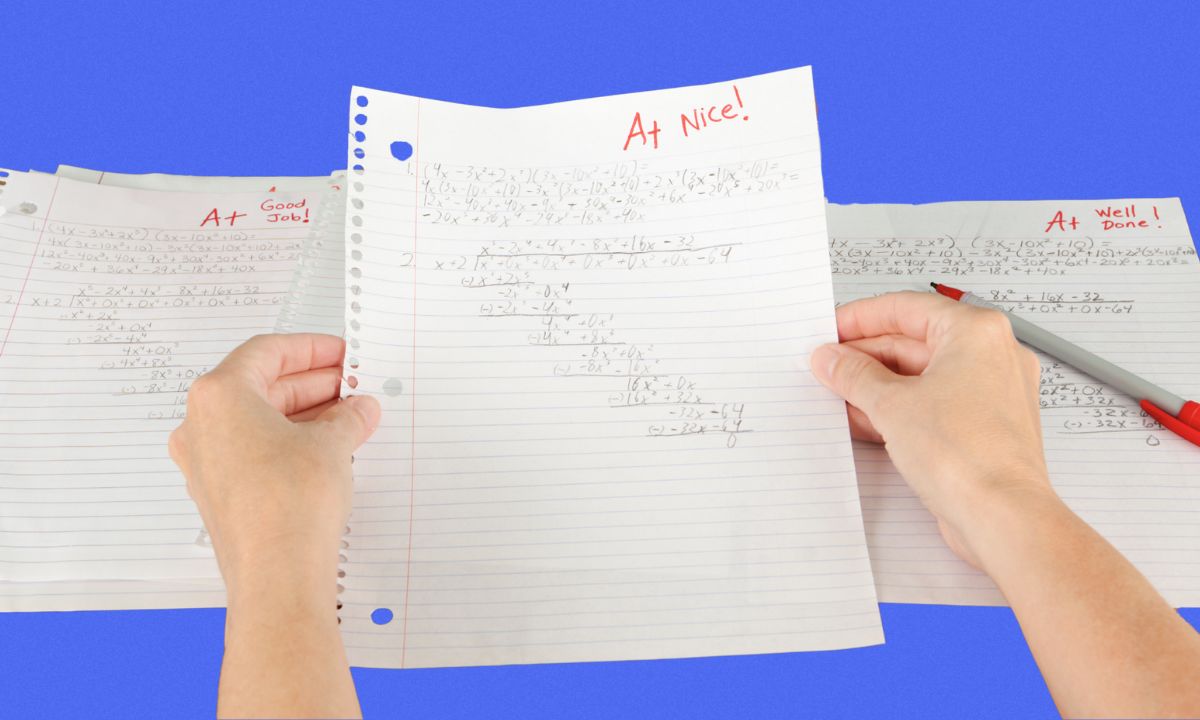NYC Teachers Believe Many Kids Are Gifted & Talented. Why Doesn’t the District?
Adams: Letting educators evaluate students has led to many more being flagged for G&T. That alone could set them up for greater academic success.

Get stories like this delivered straight to your inbox. Sign up for The 74 Newsletter
In 2020, around 3,500 incoming New York City kindergartners were deemed eligible for a public school gifted-and-talented program. In 2021, that number spiked up to over 10,000.
What happened to nearly triple the number of identified “gifted” students in NYC in a single year?
The difference was the screening method. In 2020, as in the dozen years beforehand, 4-year-olds were tested using the Otis-Lennon School Ability Test and the The Naglieri Nonverbal Ability Test. Those who scored above the 97th percentile were eligible to apply to citywide “accelerated” programs. Those who scored above the 90th were eligible for districtwide “enriched” classes.
But in 2021, the process was changed. Now, instead of a test, students in public school pre-K programs qualify based on evaluations by their teachers, and there is no differentiation between those eligible for “accelerated” or “enriched” programs.
In 2022, the last year for which figures are available, 9,227 students were deemed qualified to enter the gifted-and-talented placement lottery. But for the last decade there have only been about 2,500 spots citywide. Over 6,700 “gifted” students weren’t offered a seat.
That’s a shame, because, based on their overwhelming responses to the city’s G&T recommendation questionnaires, NYC teachers believe the vast majority of their young students – a statistically impressive 85% – would thrive doing work beyond what is offered in a regular classroom.
When evaluating students for a G&T recommendation, teachers are asked, among other things, whether the child:
- Is curious about new experiences, information, activities, and/or people;
- Asks questions and communicates about the environment, people, events and/or everyday experiences in and out of the classroom;
- Explores books alone and/or with other children;
- Plays with objects and manipulatives via hands-on exploration in and outside of the classroom setting;
- Engages in pretend/imaginary play;
- Engages in artistic expression, e.g. music, dance, drawing, painting, cutting, and/or creating
- Enjoys playing alone (enjoys own company) as well as with other children.
This video illustrates how such “gifted” characteristics can be applied to … anybody.
The Pygmalion Effect has demonstrated that when teachers are told their students are “gifted,” they treat them differently — and by the end of the year, those children are performing at a “gifted” level.
Extrapolating that 85% of incoming kindergartners to the 70,000 or so kids enrolled at every grade level in NYC, that would mean there are 59,500 “gifted” students in each academic year, for a whopping total of 773,500 “gifted” K-12 students in the New York City public school system.
And extending those calculations to the whole of the United States, then 85% of 74 million — i.e. 62,900,000 — 5- through 18-year-olds are capable of doing work above grade level. With that in mind, academic expectations could be raised across the board, and teachers would implement the new, higher standards filled with confidence that the majority of their students would rise to the occasion. NYC teachers have already said as much on their evaluations.
What would happen if NYC were to provide a G&T seat to every student whom its own teachers deemed qualified? If it were subsequently confirmed that over 773,500 students in a 930,000-plus student school system are capable of doing “advanced” work, can parents, activists and everyone invested in making education the best it can possibly be for all expect to see such higher-level curriculum extended to all students — in NYC and, eventually, across America?
As for the minority who weren’t recommended for “advanced” instruction, the combination of Pygmalion Effect and the benefits of mixed-ability classrooms should raise their proficiency, as well.
Isn’t it worth a try?
Get stories like these delivered straight to your inbox. Sign up for The 74 Newsletter

;)
